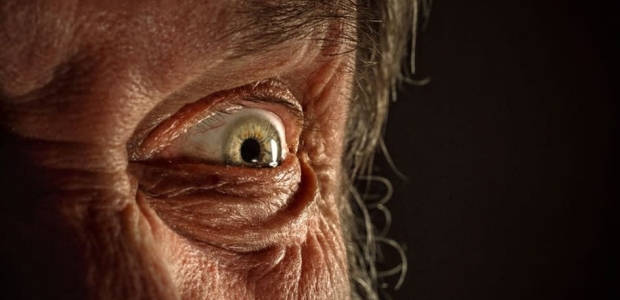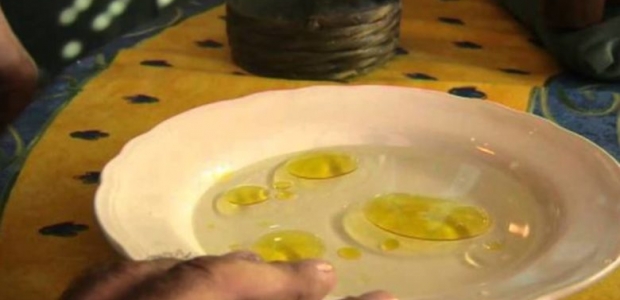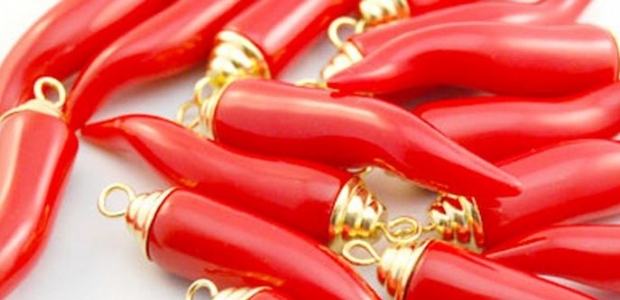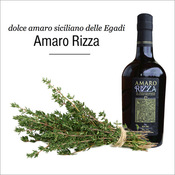Languages
Bread, love and evil eye
Trapani curaddari
A dish full of water and a few drops of oil. These are the necessary and useful tools to understand if you are afflicted by the evil eye. A reality that still characterizes some Italic populations today, deduces that to drive away health-related disorders (and not only) one must wear special superstitious amulets.
Fascination involves a state of inhibition and domination
Evil eye is an ancient tradition, a legacy of that peasant substratum typical of southern Italy, falling within that term called fascination. There have been many academics, such as Ernesto De Martino, who have been particularly interested in that anthropological branch defined as demonology. Demonology studies all those dark and esoteric traditions typical of the agricultural world, or the poorest layer of the population. Fascination involves a state of inhibition and domination, and prevents the unfortunate from acting freely.
Evil is cast through the eyes in a more or less involuntary way
When the fascination, understood as misfortune, is launched by a human being, it takes the name of the evil eye that can be transformed, through specific rituals, into a hex or a death spell. The evil eye is closely connected to envy and negativity linked to the scarcity of goods needed to cope with probable nefarious events. As the word itself suggests, evil is cast through the eyes in a more or less involuntary manner. Behind a false compliment or a wish that hides quite other feelings, bad luck or misfortune can be hidden. This is one of the reasons why children, from an early age, are taught that moral rule which consists in not arousing the envy of others. Infants grow up on bread, love and the evil eye: in a world made of beliefs and rituals that will oblige them, in a certain sense, to assume the magical character, together with religiosity and mourning, as an intrinsic factor of their own life.
In the Trapani area, red coral has always been used as an amulet to ward off jetting. Bracelets and necklaces, created using this special material, were worn, from birth, as a defense against all evil. A widespread belief was that the typical red color of this coral was assimilated to the blood shed by Christ on Mount Golgotha. Particular amulets, still made by the expert hands of the Trapani curaddari, were given as a good omen to encourage the couple's fertility. Collected in the sea in front of Sciacca and Trapani, coral finds a strong link with religiosity, such that it has often been represented in sacred art as a decorative element. Of particular interest, in this case, are the Renaissance works by Piero della Francesca and Cosmè Tura. Many were those noble families who wanted this superstitious object to be included in their collections. In Modena, at the Estense Gallery, contained within the Palazzo dei Musei, there is a crib complex built by the Trapani curaddari, dating back to the 18th century.
(photos by Web)














